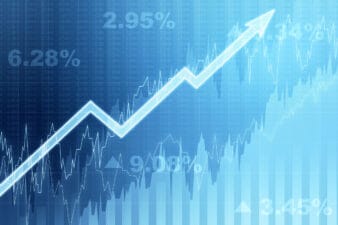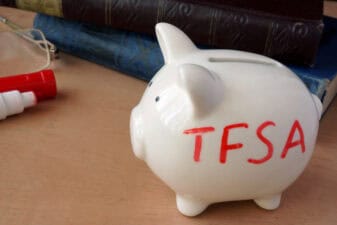You don’t need to be a seasoned trader or star hedge fund manager to one day hit that $1 million TFSA milestone. For many of today’s young investors who regularly make their full annual contributions, a multi-million-dollar TFSA is an inevitability. And contrary to popular belief, obtaining the seemingly far-fetched milestone doesn’t even require above-average results regularly.
In a prior piece, I showed young investors using simple math how a TFSA would snowball over the decades with just average returns and reinvested dividends. In the example, I touted the BMO Low Volatility Canadian Equity ETF (TSX:ZLB) as the one-stop-shop investment that beginner investors could buy with the proceeds in their TFSA.
Managed by the experts at BMO, the basket of securities actually produced better results than that of the TSX or S&P 500 benchmark since its inception in spite of the “smoother” ride that the basket of low-beta stocks offers to investors. Lower volatility and perceived risk usually come at a cost, typically lower-than-average returns relative to the broader indices.
After all, lower risk means lower potential returns, right?
What separates the ZLB from the rest of the crowd is its “smart beta” strategy and the semi-active portfolio management talent you’re getting with the portfolio managers at BMO who are commanding a mere 0.4% MER from investors for their services.
That’s a heck of a deal when you consider the fact that most underperforming mutual funds command MERs that are over six times higher.
Moreover, the ZLB’s unique “smart beta” strategy prevents management from jumping in and out of random classes of securities in hopes of clocking in market-beating returns that warrant for obscene management fees with no guarantees of better-than-average performance.
Such high MERs aren’t indicative of market outperformance that an investor will stand to get as in Canada, high MERs and poor, non-transparent results have become the norm.
With that in mind, it’s quite remarkable that the ZLB was able to offer investors with the best of both worlds in lower volatility and slightly beefed up returns. The constituents within the ZLB have a high bar of criteria to meet, so investors will be comforted to know that they’re getting the best-of-the-best when it comes to businesses with the ability to obtain excess risk-adjusted returns.
Why the ZLB crushes index funds
If you can’t beat ’em, join ’em, so say passive investors. While it is possible to score a million-dollar TFSA by investing in index funds like the TSX over the long term, I’d argue that doing so will cause investors to commit what I’ll refer to as “portfolio management crimes.”
First, the TSX isn’t sufficiently diversified enough to be a one-stop-shop investment. With a heavy weighting toward the energy, financials and material industries, the TSX index should never be anything more than just a small compliment to an already diversified portfolio.
Second, betting on the index will give you a beta of around one, depending on how closely the index follows its benchmark. This leaves much to be desired for investors who seek better-than-average results. Here at the Motley Fool, we’re all about helping investors achieving better than average results, so with consideration for lower beta, free-cash-flow-generative businesses with highly predictable growth runways, investors can get the solid returns with less in the way of downside surprises.
Foolish takeaway
Past performance is not an indicator of future returns. You’ve likely heard that ad nauseam by now. Instead of focusing on where the puck has already been, with the ZLB you’re looking at subtle clues that’ll better enable you to predict where the puck is headed next. Strong cash flows, lower correlation to the broader markets, wide moats, and highly predictable business models are what you’re getting with the constituents within the ZLB.
For passive seekers of superior risk-adjusted returns, the ZLB is the one-stop-shop investment that’ll allow Canadians to navigate the undiversified Canadian market. So, forget about the TSX or the S&P 500: the ZLB is a king in its own regard.
Stay hungry. Stay Foolish.








